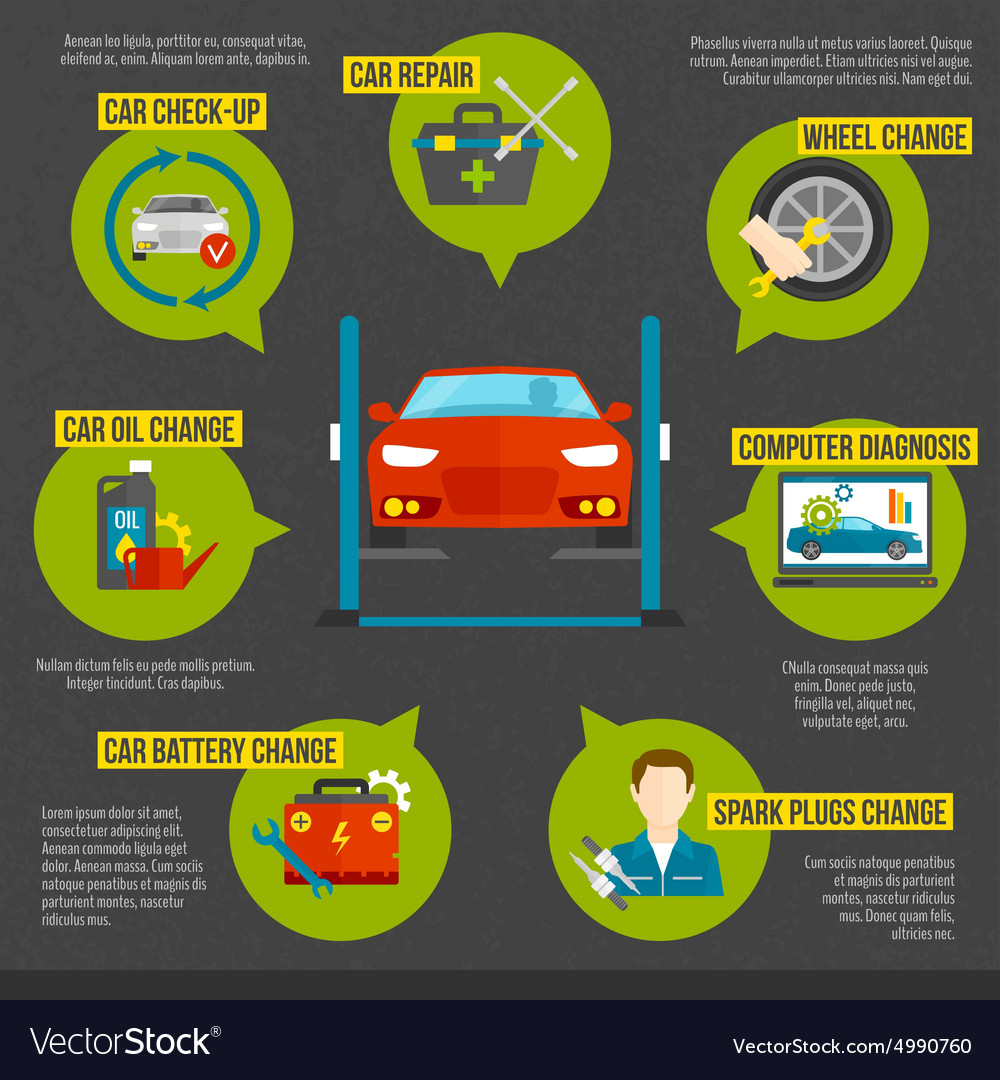Determining The Most Usual Caution Indicators On Your Control Panel And Their Significances
Determining The Most Usual Caution Indicators On Your Control Panel And Their Significances
Blog Article
Web Content Create By-Zachariassen Dinesen
When you lag the wheel, those control panel caution lights can be a real enigma. However did you understand that decoding them can save you from potential automobile difficulties in the future? From the threatening check engine light to the subtle oil pressure caution and the ever-important battery light, each one acts as a vital signal from your vehicle. It's time to shed light on these usual dashboard warnings and equip on your own with the understanding to navigate the roadway ahead.
Recognizing the Check Engine Light
When your control panel brightens with the check engine light, it is very important not to panic yet to take immediate activity. The check engine light serves as a warning that your car's onboard diagnostic system has actually detected a prospective concern with the engine, emissions, or various other vital elements. Ignoring this light can lead to much more severe problems in the future, so it's important to address it promptly.
To comprehend the source of the concern triggering the check engine light, you can make use of an OBD-II scanner to fetch the particular difficulty codes kept in your automobile's computer system. These codes offer important information that can assist pinpoint the underlying issue.
While some concerns triggering the check engine light may be small, such as a loosened gas cap, others might show a lot more considerable issues that call for expert interest.
Deciphering the Oil Stress Warning
Upon experiencing the oil pressure warning light on your control panel, immediate focus is vital. This warning shows that the oil pressure in your engine might be too reduced, which can lead to serious engine damages if not resolved immediately. Low oil stress can be triggered by a variety of problems such as a leakage, a malfunctioning oil pump, or low oil levels. Neglecting this cautioning light can lead to costly fixings or perhaps engine failing.
If you see the oil pressure alerting light begun, the very first step is to safely pull over to the side of the road and shut off your engine. Inspect the oil degree making use of the dipstick and guarantee it goes to the advised level.
If the oil degree is low, top it up with the suitable oil for your automobile. If the oil degree is sufficient, don't continue driving and look for support from a mechanic to detect and take care of the issue promptly. Keep in mind, preserving correct oil pressure is essential for the health and long life of your engine.
Translating the Battery Light
To decipher the relevance of the battery light on your control panel, you must understand its important function in your car's electrical system. When the battery light brightens while you're driving, it shows that the electrical system isn't receiving sufficient power from the battery.
This could be due to a falling short battery, a faulty generator, or issues with the charging system. Ignoring this advising light might bring about your lorry stalling or being incapable to start.
If the battery light begins, it's advised to safely pull over and have your lorry examined by a mechanic asap. https://www.ratchetandwrench.com/articles/12414-shop-view-schoen-auto can perform diagnostics to determine the hidden concern and stop a possible break down.
Verdict
Now that you understand how to determine the most common caution lights on your control panel and what they mean, you can address any kind of possible issues quickly. Bear in mind, the check engine light, oil stress caution, and battery light are very important indications of your lorry's wellness. Remain notified, remain safe, and keep your vehicle running efficiently by focusing on these indication.
